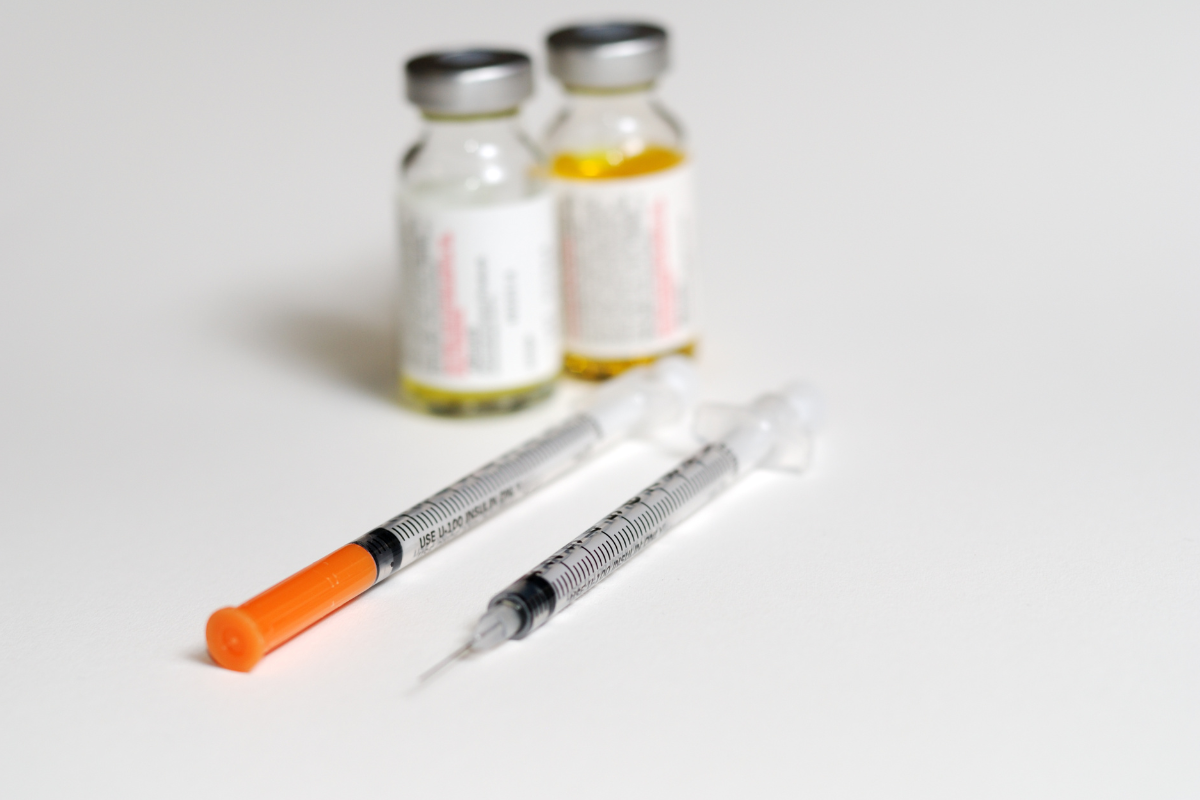City-by-city differences shape access to insulin for millions. This mapping-based update shows where barriers emerge, why they persist, and how patients can navigate real-world constraints.
Key Takeaways
- City geography matters: pharmacy deserts and transit barriers affect refills.
- Coverage rules vary; caps and coupons reduce but don’t erase costs.
- Shortages track upstream manufacturing and distribution bottlenecks.
- Prepared storage plans reduce waste during outages and travel.
City-Level Barriers to access to insulin
Large U.S. metros show sharp contrasts within a few miles. Dense cores may have many pharmacies, while outer neighborhoods face limited hours or complex transit routes. Insurance network design adds friction, especially when preferred pharmacies are distant from public transit lines. Together, these factors create practical obstacles beyond simple availability.
Diabetes prevalence and treatment intensity also cluster by neighborhood income and age. Higher burden areas require more inventory resilience to prevent outages. For deeper context on the demand side, see Diabetes Prevalence and Demand for how population patterns drive local needs. National surveillance confirms substantial and rising disease burden; the CDC annual statistics report provides authoritative estimates used by planners.
Affordability, Caps, and Local Assistance
List prices alone rarely describe what people actually pay. Out-of-pocket costs depend on plan design, deductible status, and brand tiering. City residents often face additional hurdles when local pharmacies aren’t in-network, or when preferred insulins require step therapy exemptions. Targeted support can still ease gaps.
A practical starting point is understanding who qualifies for $35 insulin under federal or manufacturer programs. Medicare Part D beneficiaries may see predictable monthly caps, while commercial plans vary widely by employer and state. For comparative context across jurisdictions, see Insulin Pricing by State to understand regional patterns and levers. Note: Eligibility rules change; confirm details with your plan and pharmacist.
Supply, Shortages, and the Insulin Supply Chain
Shortages usually start upstream. Insulin manufacturing relies on biologic production, sterile fill-finish, and steady supplies of vials, pens, and specialized components. Transportation and cold-chain logistics add complexity, especially during regional weather events or labor disruptions. When multiple stressors hit at once, localized outages can cascade across a metro area.
Monitoring the insulin supply chain helps identify early warning signs. Planners and clinicians often track manufacturer notices and regulator updates for timely mitigation. For official status updates on medically significant product shortages, consult the FDA Drug Shortages database maintained for U.S. patients and providers. Local pharmacies may also coordinate alternative fills or therapeutic substitutions when appropriate.
Price Trends in the U.S.
Even when inventory is stable, costs still vary widely between neighborhoods. Factors include local payer mix, pharmacy acquisition costs, and rebate structures. Patients without robust coverage bear the greatest volatility, particularly at smaller outlets. Clear price information remains essential for budgeting and refill planning.
Comparative analyses show meaningful variation in insulin price usa over time, with state-level policies and employer plan design affecting net costs. Historic list-price trends often diverge from real-world out-of-pocket spending, especially after copay caps or discount programs. If delivery logistics influence your total costs, see Insulin Shipping and Orders for neutral tips on fees, timing, and insurance coordination.
Global Comparisons and Cross-Border Context
Global price disparities influence advocacy and policy debate. City residents sometimes look abroad for context, comparing formularies, biosimilar uptake, and procurement strategies. International benchmarks also highlight the role of public purchasing power and reference pricing. Understanding these contrasts helps frame what’s possible domestically.
Analysts often compare cost of insulin by country to assess affordability and policy options. International agencies describe insulin as an essential therapy; the WHO essential medicines list underscores its public-health priority. For broader reading on therapies and monitoring topics, browse Diabetes Articles to explore related clinical basics and practical guides.
Storage, Transport, and Resilience
Urban systems are vulnerable to power outages, heat waves, and transit delays. Patients benefit from a contingency plan for storage and transport when refrigeration is unreliable. The goal is to minimize waste and maintain safe potency during routine travel and emergencies. Simple tools and habits can make a real difference.
Guidelines on how to store insulin without refrigeration emphasize temperature limits, insulation, and time windows. For brand-specific storage thresholds and precautions, see Humalog Storage Temperature for examples of label-based ranges and handling. Device format matters as well; cartridge and pen users face different risks at high temperatures. For device pros and cons, review Insulin Cartridges Guide to match format with your routine. Tip: Keep a small thermometer in your kit to confirm ambient conditions.
Programs and Community Support
Many cities host nonprofit clinics, patient-assistance programs, and peer networks. These resources help with education, navigation, and paperwork. Social workers and certified diabetes educators can connect patients to counseling, supplies, and multilingual support. The right contact can save time and prevent missed doses.
Patients searching for free insulin programs should verify eligibility and documentation early, since processing may take weeks. Local chapters of national organizations often maintain updated directories of assistance. For a directory of advocacy and education offerings, see the American Diabetes Association page on our site for background and links. Technique refreshers also matter; consult Where To Inject Insulin to improve comfort and reduce site issues.
Data Sources and Mapping Methods
City-level mapping integrates pharmacy density, transit time, plan networks, and affordability metrics. We weight areas by population with diabetes and by estimated daily insulin demand. This approach highlights neighborhoods where minor disruptions can produce major access gaps. Methods evolve as public datasets improve and new indicators emerge.
To track costs over time, we reference an insulin price history chart when available from credible health-policy sources. We also compare net-price proxies against copay caps and discount utilization to approximate patient-facing costs. For background on therapy patterns shaping demand, see Basal vs Bolus Insulin to understand long-acting (basal) and mealtime (bolus) needs. For overarching disease burden inputs, the CDC diabetes report remains the core epidemiologic reference.
Recap
Urban access depends on geography, coverage design, and supply stability. Small improvements—better transit alignment, clearer pricing, and resilient storage—can prevent treatment interruptions. Keep an eye on shortages, verify benefits, and build a simple back-up plan. With the right local supports, most patients can reduce day-to-day risk without major expense.
This content is for informational purposes only and is not a substitute for professional medical advice.


